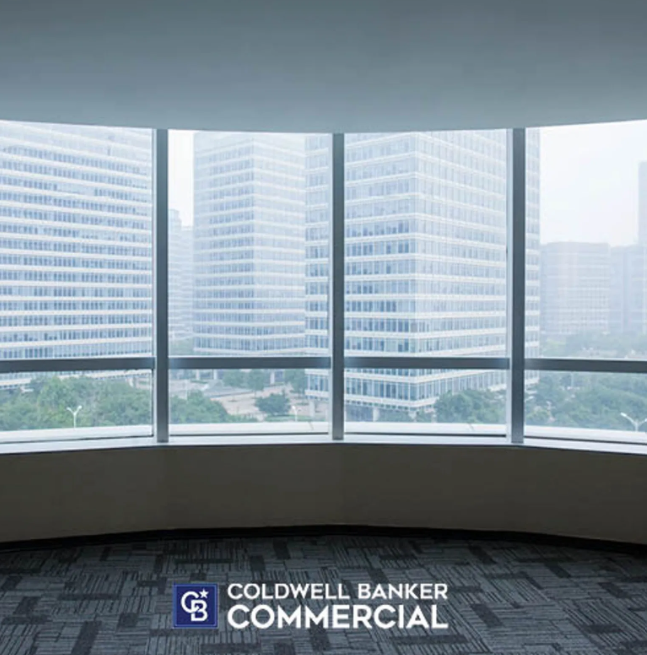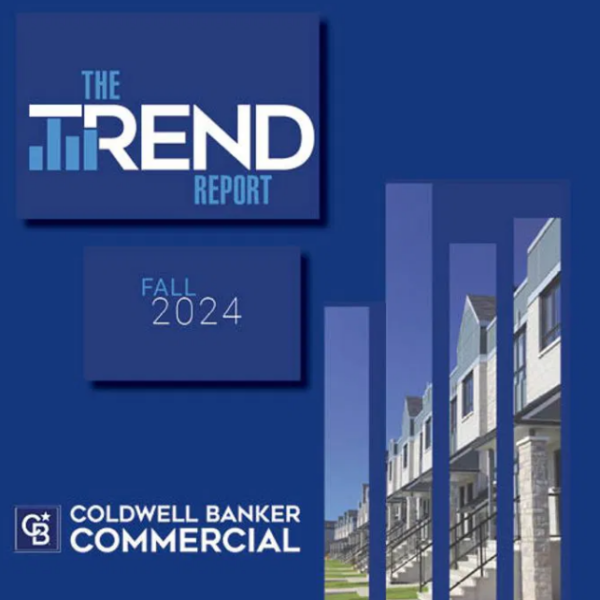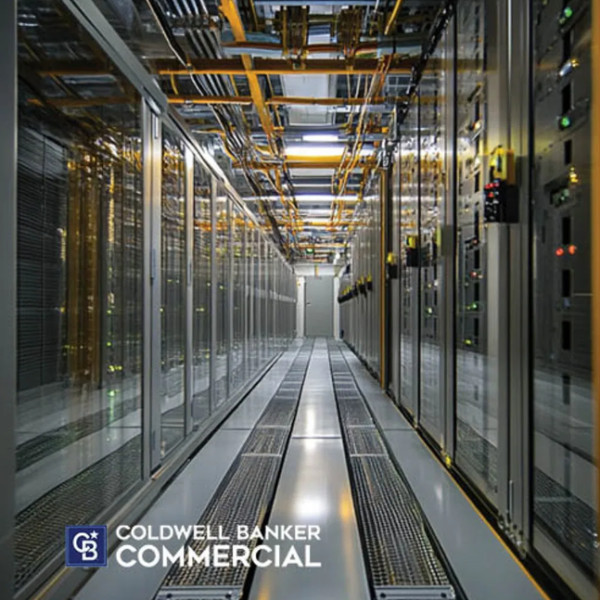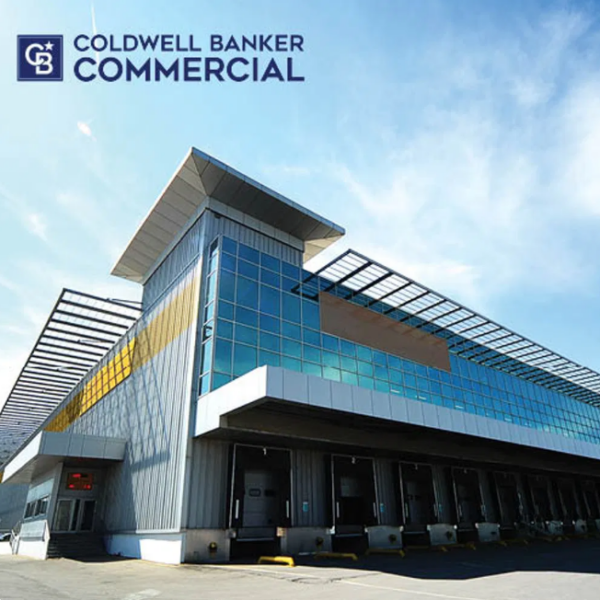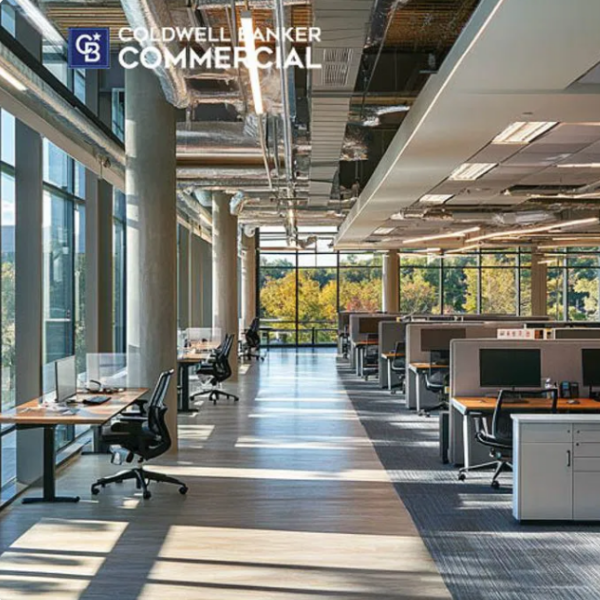The office market is experiencing a dramatic shift, with vacancy rates projected to soar to nearly 21% by the close of 2024, according to research from NAIOP. The growing prevalence of hybrid work models has significantly curtailed demand for traditional office spaces, particularly in bustling urban centers. While these challenges pose undeniable obstacles, they also present opportunities for forward-thinking investors and developers who are prepared to adapt to this evolving landscape.
NAIOP’s research, along with several other industry reports, reveals that a rebound to pre-pandemic demand for office space is unlikely in the near term. Companies are fundamentally revising their operational strategies, increasingly favoring smaller, more flexible work environments over the traditional, large-scale, long-term office leases. This shift is placing heightened pressure on office building owners to rethink their property strategies in the face of shifting demand.
Rising vacancy rates may soon trigger a surge in “fire sales” of distressed properties, presenting opportunities for astute investors to acquire prime office real estate at steep discounts. However, such acquisitions come with a level of risk, as not all office properties will recover in a market where hybrid and remote work models are becoming the new standard. Investors must carefully evaluate whether these assets will align with future market needs.
Despite these concerns, the current situation offers a unique silver lining for urban centers and strategic investors—the growing trend of adaptive reuse. This approach is gaining traction, particularly in cities like Washington, D.C., where developers are converting underused office buildings into dynamic mixed-use spaces. Such transformations not only reduce the stock of vacant buildings but also breathe new life into urban areas that have been impacted by the shift away from traditional office usage.
For investors with a long-term outlook, adaptive reuse projects present a compelling opportunity. These projects align well with the rising demand for housing and mixed-use developments while also supporting sustainability goals, which are becoming increasingly important to both businesses and local governments. By investing in adaptive reuse, investors not only position themselves to meet the evolving needs of businesses but also contribute to the revitalization of communities, creating value on multiple fronts.
While the office market is undoubtedly facing unprecedented challenges, it is also ripe with opportunity for those who are willing to embrace the changes brought about by hybrid work models. The surge in vacancy rates and the financial strain on office building owners signal a critical juncture. Savvy investors can capitalize on the current environment by acquiring distressed properties or exploring adaptive reuse projects that meet the shifting demands of modern businesses and urban communities alike. By doing so, they stand to benefit not only from the immediate opportunities but also the long-term growth and revitalization of the urban office market.


